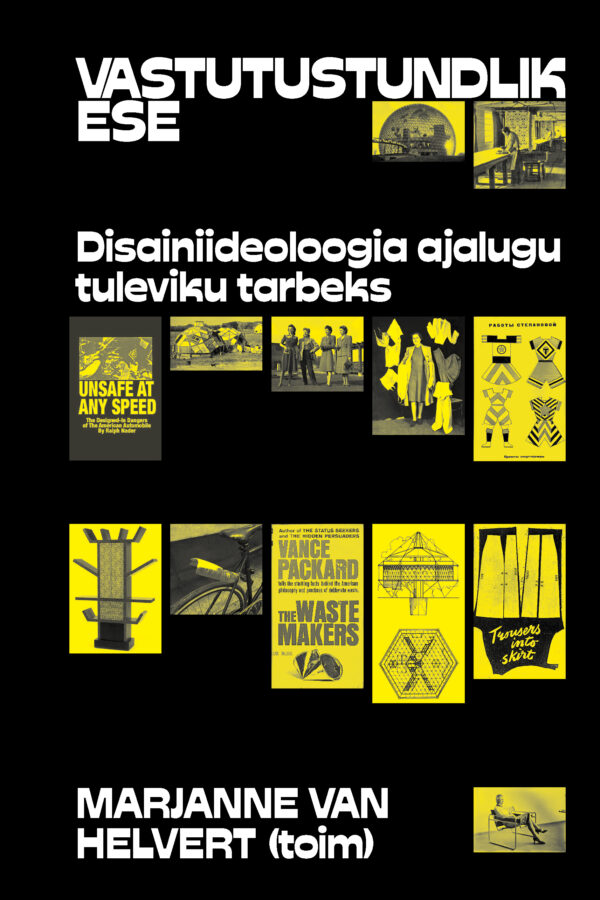
What might the archaeologists of the future think of our time when they excavate the ruins of our civilization? They would find countless landfills of discarded things: plastic and metal things, discarded bits of electronics, synthetic textiles and many other things that certainly won’t break down any time soon. They would find remnants of an era of unstoppable production and timeless objects. The current economic system is based on the production and consumption of things, but looking at the future and its concerns, we have gradually begun to reevaluate their role. In the field of design, sustainability and social responsibility have become well-sounding keywords, on the basis of which new products, materials and technologies are developed, which should lead the future to new paths. Behind all this, however, ideas have been simmering for a long time, which have become an integral part of design history and have already surfaced several times over the centuries. Based on the Western design tradition, this book brings in Estonian together a selection of the history of socially responsible design, from William Morris to Victor Papanek and from VKhUTEMAS to FabLabs.
Translated by Keiu Krikmann
Edited by Neeme Lopp
Specialist editor: Ott Kagovere
Language editor: Tiina Hallik
Designed by Ott Kagovere
176 pages, in Estonian
Estonian Academy of Arts Press, 2022
ISBN 978-9916-619-67-4
